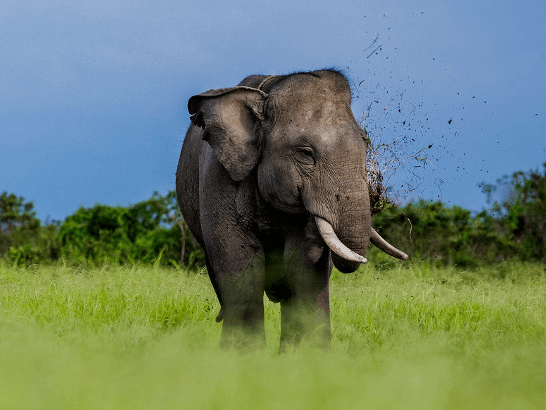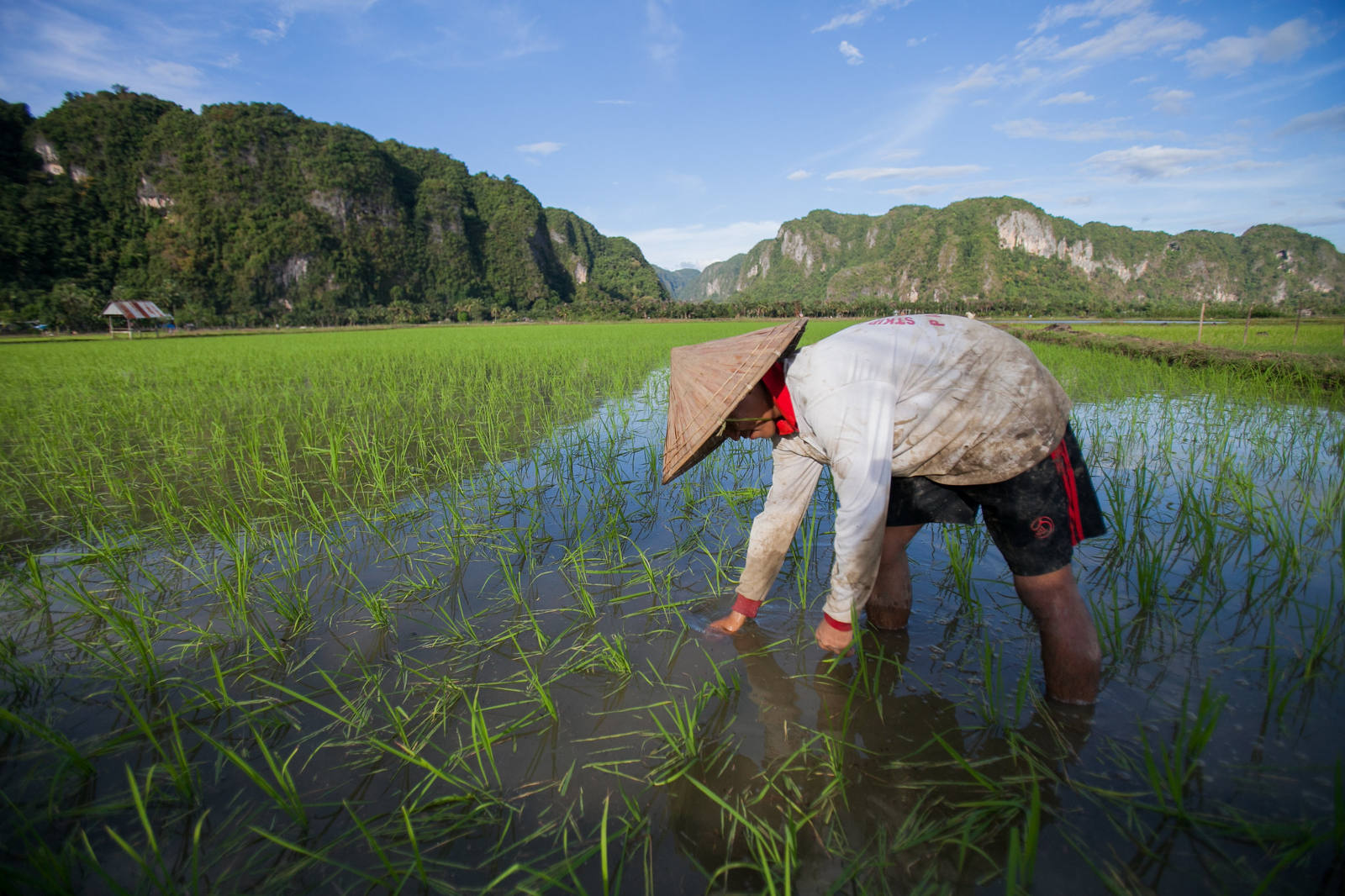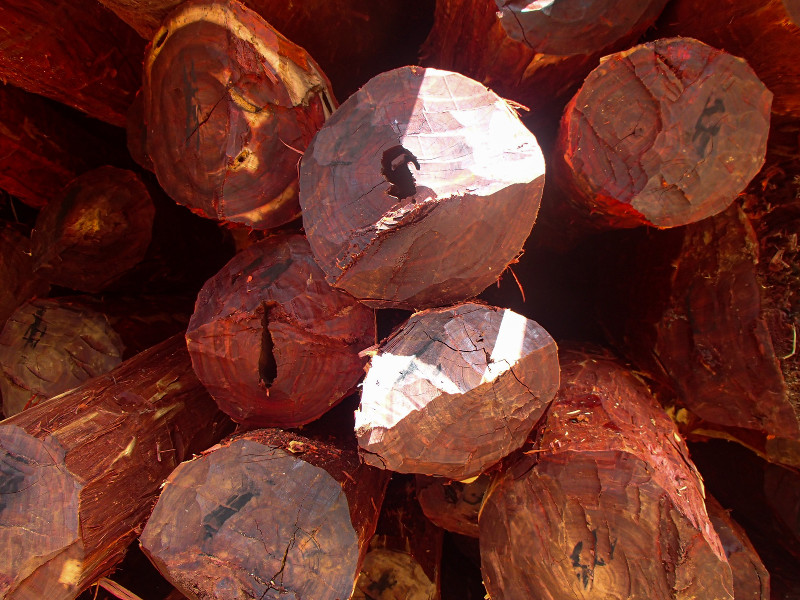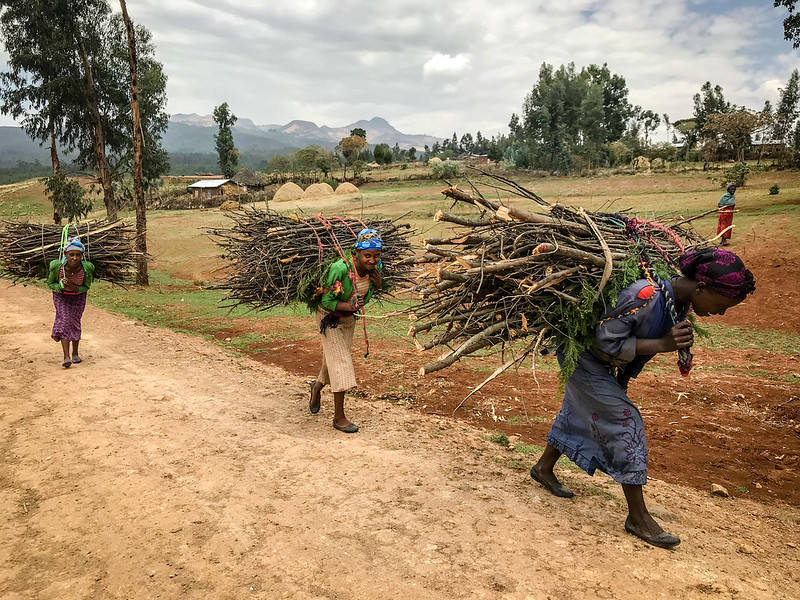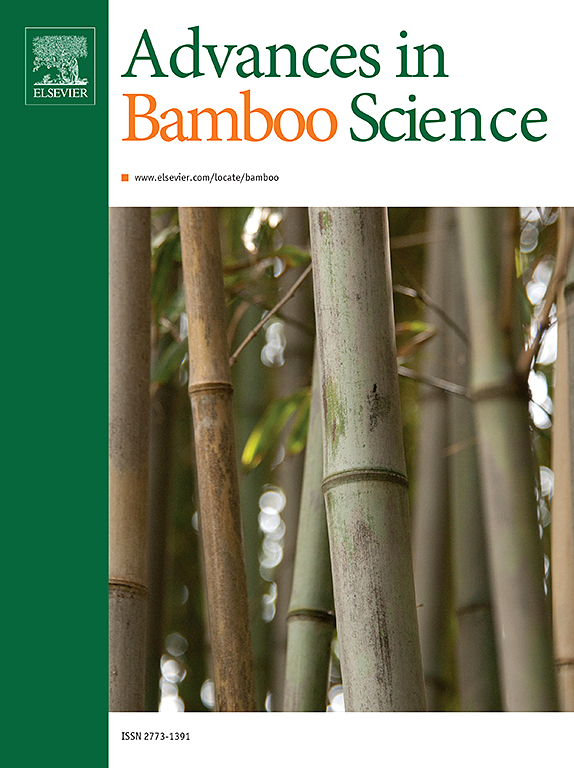Bamboos are naturally fast-growing species in tropical and non-tropical regions, with some species growing more than 1 m per day. Oxytenanthera abyssinica is an important bamboo species that could help meet current and future needs worldwide. This study was designed to assess the effects of harvesting techniques and intensities on sustainable utilization of O. abyssinica. Clumps that had a similar number culms were used to conduct the experiment. A factorial experiment with two harvesting techniques (X-shape and Horse-shoe shape) and five levels of harvesting intensities (25, 50, 75, 100 and 0 % harvesting of mature culms) was conducted for five successive years in the dry season. Sprouted and dead shoots, recruited culms, and mean culm diameter at breast height were recorded. Data were analysed using two-way-ANOVA. Culm/shoot sprouting had significantly different values with harvesting techniques; the X-shape harvesting technique produced a higher number culms than horse-shoe harvesting technique. Interaction effects between harvesting techniques and harvesting intensities on shoot sprouting, culm recruitment and shoot abortion were not observed. Both harvesting techniques and intensities had a significant effect on mean culm diameter; i.e., 25 % and 75 % of the mature culms harvested under the X-shape and horse-shoe harvesting techniques, respectively, produced thicker bamboo culms than the unharvested clump (control). Culm recruitment decreased in the second year, and then increased in the third year, subsequently showed a decreasing trend for all treatments. This may have been related to repeated culm harvesting. The population structure has also varied with harvesting technique and intensity. To utilize this species sustainably, the species may need a specific cutting cycle. This study suggests the need for further study through incorporating cutting cycles with different levels of harvesting intensity to develop a sustainable management method.
DOI:
https://doi.org/10.1016/j.bamboo.2024.100098
Altmetric score:
Dimensions Citation Count:












